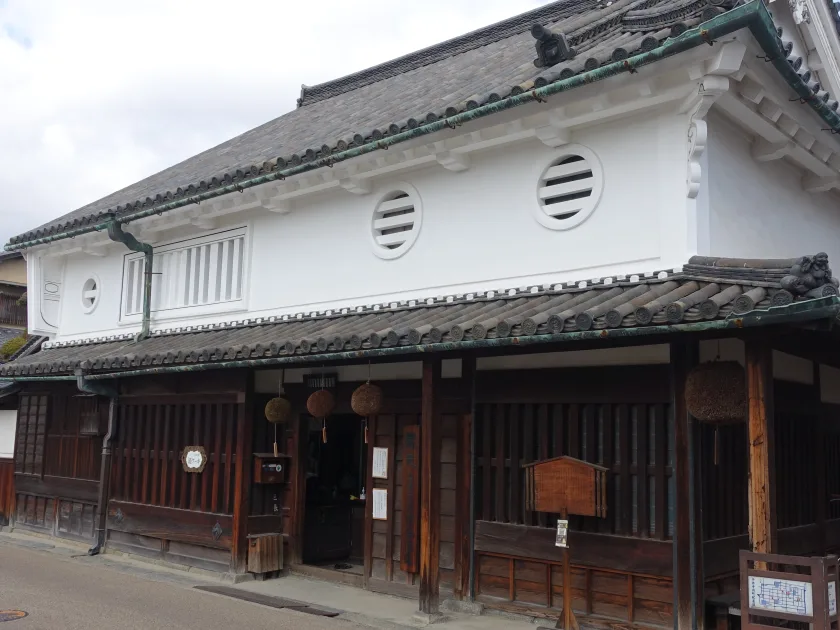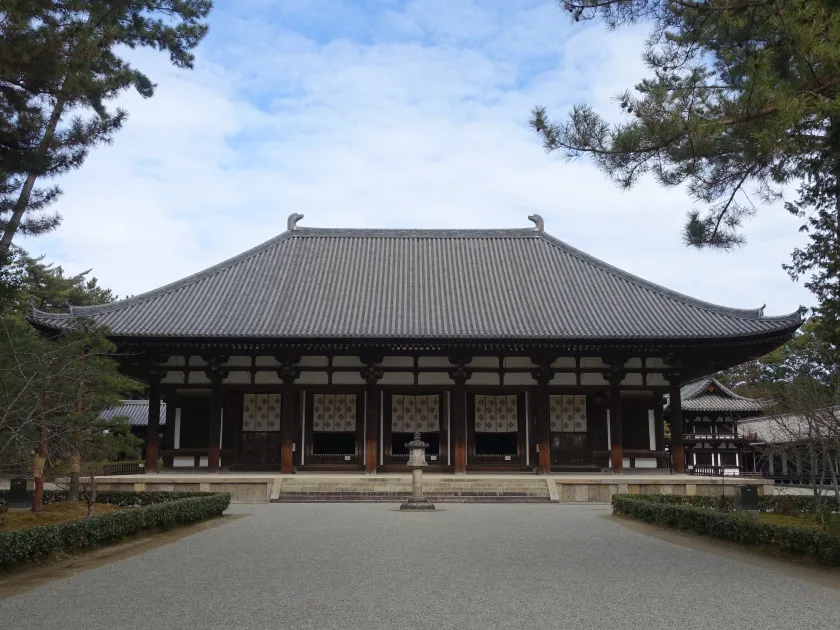Tourist attractions in Nara Prefecture3
Tourist attractions in Nara Prefecture3 On the last day, I visited two Important Preservation Districts for Groups of Traditional Buildings (‘Jyudenken’) located away from Nara City. There are three Jidenken sites in Nara Prefecture. Table of Contents 1: Imai-cho, Kashihara City 2: Matsuyama, Uda City 1: Imai-cho, Kashihara City The morning visit was to the Imai-cho Traditional Buildings Preservation District (‘Imai-cho’) in Kashihara City (Kashihara). Kashihara City was the site of Fujiwara-kyo, Japan’s first full-fledged capital, established in 694 (before the capital was moved to Heijo-kyo). It is located about 50 minutes away from Nara Station. Imai-cho was established in the Warring States period as a temple town of the Shonenji Temple of the Jodo Shin sect. It became a Tenryo (directly controlled by the Edo shogunate) and developed as a commercial town in the Edo period. As a traditional building, the district has 504 houses, the most of any heavily built-up area in Japan. Nine of the buildings have been designated as national important cultural properties. As can be seen, many traditional buildings still exist, and the townscape retains the atmosphere of the Edo period. Because of this, the area has been the location for TV dramas



